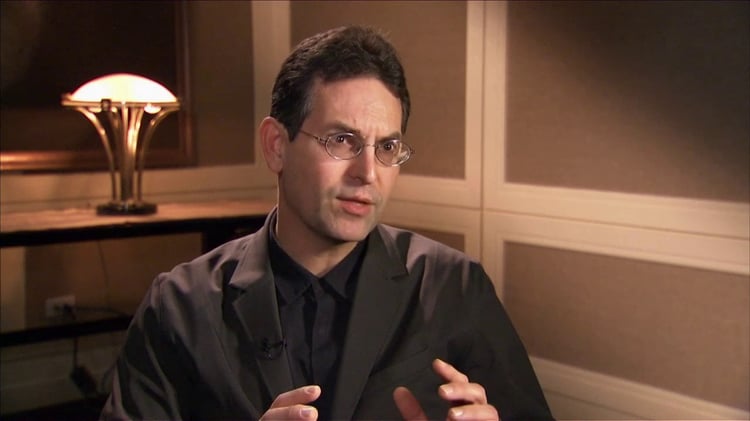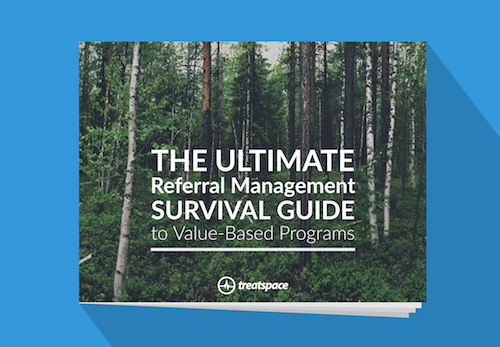
A recent article in technology and business magazine Fast Company heaped praise on user-friendly applications that go beyond electronic health record (EHR) systems. The beginning of the article detailed a number of the pitfalls of EHR systems:
1. EHRs were not set up for patient care
One pitfall of EHRs outlined in the Fast Company article is that they “weren't designed to help their providers treat patients.” The article states that EHRs are more geared towards meeting regulatory requirements, maximizing billing and avoiding liability. The Meaningful Use program was implemented by the government in 2011 to incentivize adoption of EHR systems, but Meaningful Use has been criticized for rewarding usage of EHRs rather than rewarding better patient outcomes.
2. Physicians immune to EHR alerts
Another pitfall of EHR systems outlined in the article is that physicians are becoming immune to automated alerts in EHR systems, a phenomenon called alert fatigue.
"It's a user-experience flaw: These systems were not designed to follow how doctors actually think."
For example, in a study published earlier this year, EHR reminder alerts barely made a difference in increasing patient colonoscopy adherence. The alerts improved colonoscopy completion rates by a nominal 3.5% compared to a control group.
3. No incentive to make EHRs interoperable
A third pitfall of EHRs that Fast Company discusses is related to interoperability. Their article proposes that EHR interoperability hasn’t happened because EHR companies and major hospitals don’t have enough incentives to make interoperability improvements.
“[I]t doesn't help the bottom line of the biggest medical record vendors or the hospitals to make it easy for patients to change doctors.”
A Forbes article in early 2016 touched on the same issue, how the big players may not be truly committed to reducing barriers to data sharing. “The question is whether in their heart of hearts (or more accurately, in the office of the CFO), hospitals and EMR systems really want to share data.”
4. Physician burnout
A fourth pitfall of EHRs detailed in the article is about “doctors burning out at unprecedented rates and spending less quality time with patients.” Previous studies have shown that almost half of physicians experience burnout as the practice of medicine has become more complicated. Three of the four top reasons for burnout are related to EHRs. Many physicians are starting to complete EHR tasks in the evenings and spending less time with their families. Others have expressed fear that regulations will force them to practice bad medicine and rush their patient visits, which can be demoralizing for both patients and doctors and increase the risk for errors and omissions.
Applications to the rescue!
The Fast Company article concludes with a bright side: EHR applications.
“‘There is a light at the end of the tunnel’...Many doctors are already starting or joining new companies that aim to build user-friendly applications on top of the electronic medical record, which fit neatly into the clinicians' workflow.”
New solutions that enhance EHR functionality are continually popping up in the industry. It’s more common to see younger health IT companies building these kinds of applications. John Halamka, the CIO of Beth Israel Deaconess Medical Center, is also a “strong believer in the concept of third party modules that layer on top of traditional EHRs."

One example of a user-friendly application for EHRs is a referral management application like Treatspace. Treatspace’s software can interface between EHR systems to track referrals and offer referral decision support and specialist performance analytics. Similar metrics such as time-to-treatment and consult report compliance are easily available for health system and hospital-based specialists as well as private practice specialists using dozens of different EHRs. With high-performance referral management applications, referrals are tracked at every step of the process, which makes it far more efficient to close referral loops more often. When preferred providers are selected, all this great data is available to PCPs without extra clicks and extra work.

